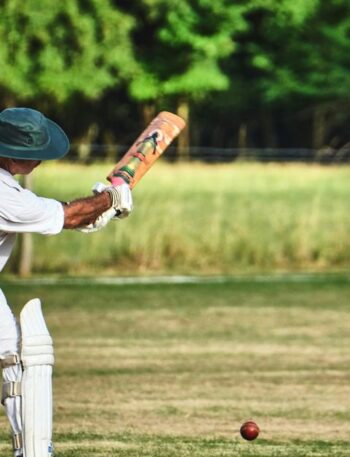Building Resilience in Athletes: Training Techniques for Peak Performance
Athletes face rigorous physical and mental demands in their pursuit of excellence. Building resilience is crucial not only for enhancing performance but also for preventing injuries and managing the stress associated with competitive sports. This article explores effective training techniques that foster resilience among athletes, drawing on both scientific research and practical insights from coaches and athletes themselves.
Understanding Resilience in Athletes
Resilience in athletes refers to their ability to adapt positively to adversity, stress, and challenges inherent in their sport. It involves not only physical toughness but also mental fortitude and emotional strength.
Key aspects of resilience include:
- Mental Toughness: The ability to stay focused, motivated, and confident under pressure.
- Physical Adaptability: The capacity to recover quickly from physical exertion and injury.
- Emotional Stability: Maintaining emotional control and resilience in the face of setbacks or criticism.
Training Techniques to Build Resilience
1. Progressive Overload Training
Gradually increasing the intensity, duration, or frequency of training sessions challenges athletes to adapt both physically and mentally. This technique not only improves physical conditioning but also enhances mental toughness by pushing athletes beyond their comfort zones.
“Progressive overload is essential for athletes to build resilience. By gradually increasing training demands, athletes learn to cope with discomfort and improve their overall performance.”
2. Cross-Training and Variability
Engaging in diverse training activities reduces the risk of overuse injuries and enhances overall fitness. Cross-training also stimulates different muscle groups and movement patterns, promoting physical adaptability and resilience.
Case Study: Olympic athletes often incorporate cross-training such as swimming or cycling to complement their primary sport, thereby reducing injury risk and improving performance through varied physical demands.
3. Recovery and Regeneration Strategies
Effective recovery is crucial for building resilience. Techniques such as adequate sleep, nutrition, massage, and active recovery exercises help athletes recover faster and reduce the risk of burnout or overtraining syndrome.
“Recovery is as important as training itself. Athletes who prioritize recovery techniques build resilience by ensuring their bodies and minds are consistently prepared for the next challenge.”
4. Psychological Skills Training
Techniques like visualization, goal-setting, and mindfulness training enhance mental resilience. These skills help athletes stay focused, manage stress, and maintain confidence during competitions and challenging training sessions.
Example: Tennis players often use visualization techniques to mentally rehearse their serves and shots, building confidence and resilience in high-pressure situations.
5. Support Systems and Coaching
Positive coaching practices and a strong support network contribute significantly to an athlete’s resilience. Coaches who provide constructive feedback, encouragement, and mentorship help athletes develop the confidence and mental toughness needed to overcome setbacks.
Case Study: The Seattle Seahawks’ football team implemented a resilience-building program that included coaching on mindfulness and emotional regulation, resulting in improved performance under pressure.
Conclusion
Building resilience in athletes involves a holistic approach that integrates physical training, mental skills development, and supportive coaching. By implementing progressive overload, cross-training, effective recovery strategies, psychological skills training, and fostering a supportive environment, athletes can enhance their ability to thrive in competitive sports while minimizing the risk of burnout and injury. Ultimately, resilience is not just about enduring challengesit’s about thriving in the face of adversity.
Through these techniques and practices, athletes can develop the resilience necessary to achieve peak performance and sustain long-term success in their athletic careers.




